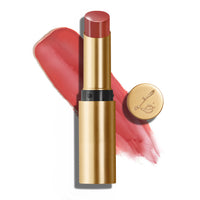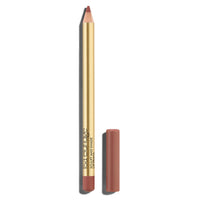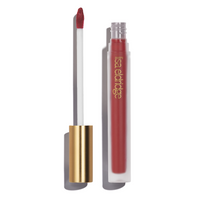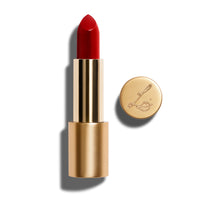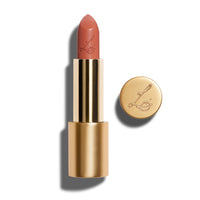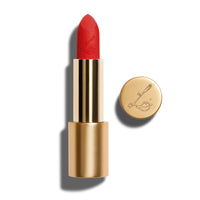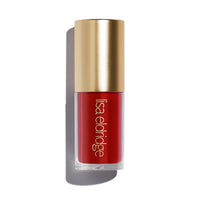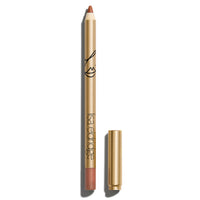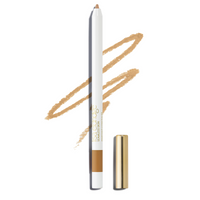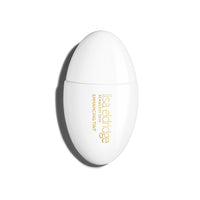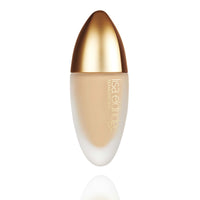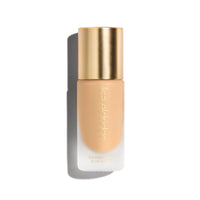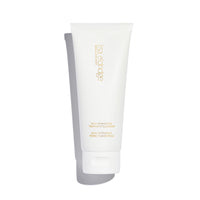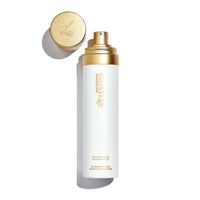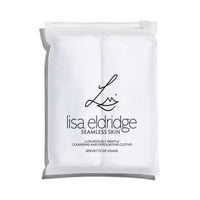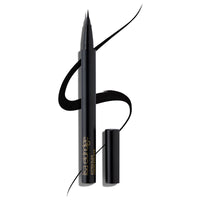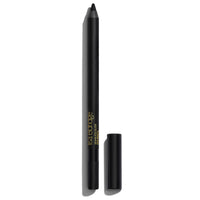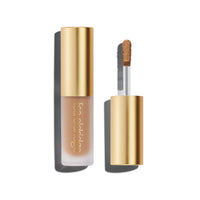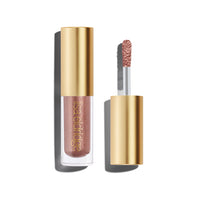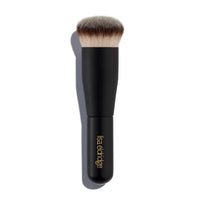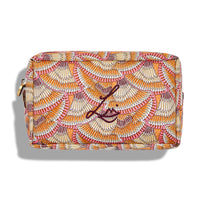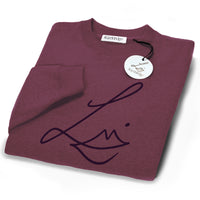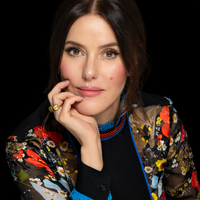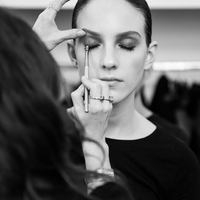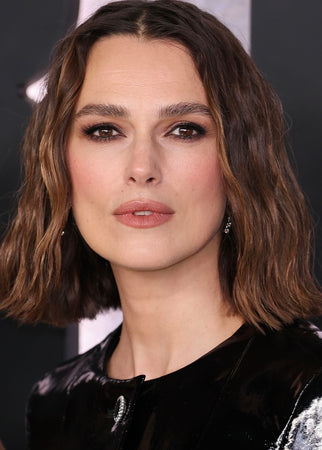Free shipping on orders over £35
My latest videos

Full Circle Makeup Moment! (Trigger warning: this video contains a conversation about domestic violence)

This one REALLY surprised me...

Natural Makeup Look with a 90’s Edge - Keira Knightley's Cover Look
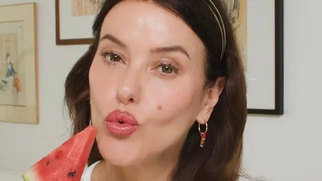
Tips for Glowing Skin and Juicy Lips ✨
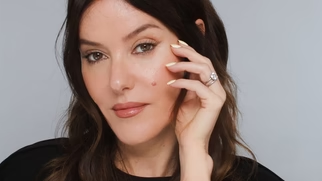
Easiest Winged Eye EVER! ✨

Trying Trending Drugstore Products 💄

My Gift Guide and GIVEAWAY 2024

Meet my NEW Creation!

My Latest Creations Have Just Landed 💫

My Gym Makeup Routine

Minimum Makeup, Maximum Effect!

New Product Alert - My Latest Adventures in Colour (and Care)
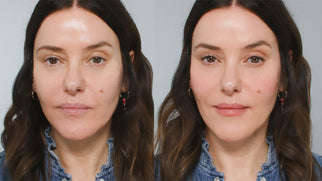
No Makeup Makeup 2.0

THE Barbie look!

Microdose your makeup
Youth In A Tube - The Lowdown on Sunscreen
Come say hi on Instagram.
This film is full of information about the latest rules, regulations and the ingredients to know when it comes to sunscreen. I've spoken to dermatologists and scientists in the UK and USA and have included products recommended by them, as well as some personal favourites that I use on myself and my celebrity clients.
Keeping your skin protected in the sun is one of the easiest ways you can keep it looking younger for longer, and with so many great textures and formulas available now for every skin type, there really is no excuse not to wear SPF everyday ;) I hope the film is helpful for everyone who asked for it X
Thank you to Dr Nick Lowe, Jeff Murad, Kathy Phillips, Janne-Marii Nurm, and Nathan Rivas for their insights.
The lipstick I am wearing in the film is Lancome's shine lover in 218 and the liner is Charlotte Tilbury's Lip Cheat in Iconic Nude,
Update - July 2016
I recently went back to the experts I spoke to in this film to see if there had been any changes in terms of the disparity between America and the rest of the world when it comes to sunscreen. Jeff Murad, Vice President Product Development at Murad Skincare, told me that, 'While the FDA has been talking a lot lately about fast-tracking the approval of some sunscreen actives, we have not seen any activity yet.'
Nathan Rivas, Senior Researcher at Paula's Choice also said that, unfortunately, 'because the Sunscreen Innovation Act didn’t allow for changes to the FDA testing requirements (nor provide funding for additional resources in managing this process), the result is that no new sunscreen ingredients are expected to meet FDA approval anytime in the next few years. L’Oréal came the closest with Mexoryl SX at the end of last summer, but still failed to meet the FDA's requirements.' However, he did point out that many skincare companies are focusing their efforts on improving and innovating the ways in which they are able to use the FDA's current, approved sunscreen actives - with 'improved aesthetics and reduced skin sensitivity' among the intended results of these advancements... watch this space. X
Chemical sunscreens protect your skin by absorbing UV rays (some chemical filters can scatter rays, but they'll mostly absorb them).
There are lots of chemical sunscreen filters, including triazines and triazones, meroxyl, avobenzone and oxybenzone. These filters are mostly stable (i.e., they won't break or degrade down in sunlight, reducing effectiveness) but some are not - however, they can be stabilised when formulated in conjunction with other UV filters.
Mineral (also called Physical) sunscreens protect your skin by blocking and reflecting UV rays.
The two main mineral sunscreen filters are Zinc Oxide and Titanium Dioxide, both of which are stable.
Hybrid sunscreens contain a mixture of chemical and mineral filters, which work synergistically to protect from UV rays.
Ingredients
There are currently 28 active sunscreen ingredients approved for use in the EU (you can find a list of them here: two of which are triazines and two of which are triazones. When looking at the ingredients list on your sunscreen bottle, for the most part the long names bolded below (which finish in triazine or triazone) will be listed, so look out for these.
However, they do have other ‘trade’ names (think a pharmacy’s own brand paracetamol vs Panadol - it’s just a different grade or form of the same ingredient, but in the end the same molecule) which I’ve listed below. Like I said, you won’t tend to find these secondary or trade names on the back of your sunscreen, but just to keep you aware.
1 - Bis-ethylhexyloxyphenol methoxyphenyl triazine (broad spectrum)
also called...
Tinosorb S (N.B. Methylene Bis-Benzotriazolyl Tetramethylbutylphenol, or Tinosorb M, is not a triazine, but it does have similar aspects - it’s also broad spectrum)
Bemotrizinol
Escalol S
Anisotriazine
BEMT
2 - Tris-Biphenyl Triazine (broad spectrum)
also called...
Tinosorb A2B
N.B. this active can’t be used in sprays, so it’s not as common as Bis-ethylhexyloxyphenol methoxyphenyl triazine - as most companies would rather buy a lot of one ingredient that can be used across all of their sunscreen formulas, rather than using one for sprays and one for creams.
3 - Ethylhexyl triazone (UVB protecting)
also called...
Uvinul T 150
Octyl triazone
EHT
4 - Diethylhexyl butamido triazone (UVB and UVA1 protecting)
also called...
Iscotrizinol
DBT
Uvasorb HEB
N.B. this active is approved in Europe, but not Australia and Asia, whereas Ethylhexyl triazone is. So again, this makes Ethylhexyl triazone more common, especially for companies whose sunscreen products are sold outside of the EU.
Products I have used in this video:
Avène - Hydrance Optimale UV Light SPF20
Avène - Hydrance Optimale UV Rich SPF20
Nivea - Anti-Age Face Sun Cream SPF 30
Heliocare - Advanced XF Gel SPF 50
Heliocare - Colour Gelcream SPF 50
KOSÉ - Sekkisei - Sun Protect Essence Gel SPF 50+ PA++++
La Roche Posay - Anthelios XL Dry Touch Gel-Cream SPF50
La Roche Posay - Anthelios AC Matte Fluid SPF30
La Roche Posay - Anthelios XL Comfort Cream SPF50
La Roche Posay - Anthelios SX
Paula's Choice - Skin balancing ultra-sheer daily defense spf 30
Avène - Ultra-Light Hydrating Sunscreen Lotion SPF50+ (Face)
Esthederm - No Sun
SkinCeuticals - Sheer Mineral UV Defense SPF 50
Peter Thomas Roth - Instant Mineral Powder
Bare Minerals - Natural Sunscreen SPF 30
Medik8 - Physical Sunscreen
Bare Minerals - READY SPF15 Touch Up Veil
*With the exception of Baume Embrace Melting Lip Colour, which contains a food-grade, soft vanilla flavouring, that does not contain any allergens
Welcome!
Please select your shipping destination

The product
Has been added to your basket
Log in

You are about to switch to my Jewellery website, but you still have Beauty products in your shopping bag.



